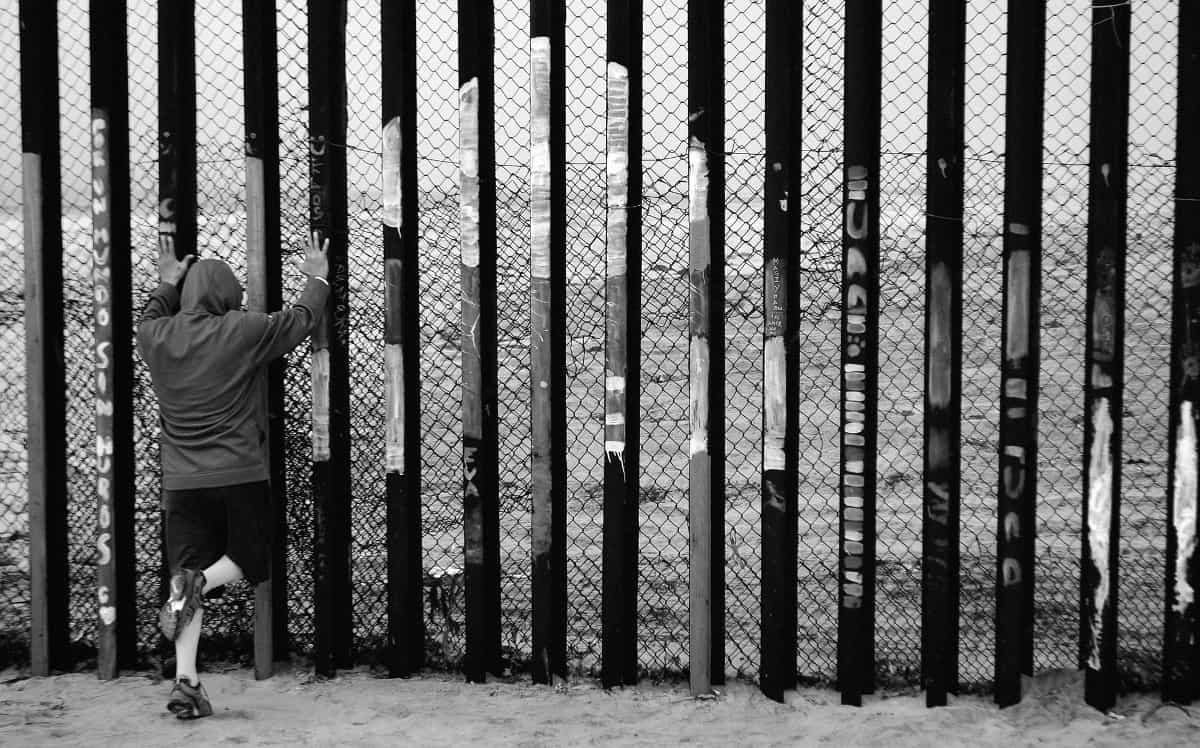U.S.-Mexico diplomatic relationship, historically linked to the border
With the creation of the international line separating the two nations with border markers, without walls or fences, the U.S. economy became a giant magnet that attracted Mexicans in search of new economic opportunities.





